Meet Stephanie L. Canizales | Researcher, Writer, Creative

We had the good fortune of connecting with Stephanie L. Canizales and we’ve shared our conversation below.
Hi Stephanie L., how has your background shaped the person you are today?
I’m the daughter of Salvadoran immigrants who met in Los Angeles, where I was born and raised. I love saying I’m from LA, and even more so that I grew up in the MacArthur Park and Pico Union neighborhoods. These are the neighborhoods that some people might drive through as they get from West or Central LA to Downtown across Wilshire and surrounding parallel streets. Others might stop in for pupusas, platanos fritos, champurrado– only the best.
These Central American neighborhoods are still relatively young in the history of LA. In the late 1970s and 80s, Los Angeles saw a significant rise of Central American migration to the U.S., but Salvadoran, Guatemalan, and Nicaraguan migration specifically, in response to the U.S.-backed civil wars across Central America. My parents were individually displaced by armed conflict in El Salvador. They met in Westlake (not Westlake as in Village, but the other one, near MacArthur Park) in the mid-80s. My older sister and I were born soon after. Because my parents fled El Salvador under the conditions that they did, and because Los Angeles was still adjusting to the increase in Central American arrivals, which produced hostility against newcomers, my sister and I grew up being instructed to assert a Mexican-descendant identity. I had no idea what that really meant in practice, other than saying, “Mexico” when people asked, “Where are you from?” This was back when people would respond by saying, “oh, so you speak Mexican?” Yeah, we’ve come a long way.
Some people might hear this and think, “They told you to do what?” So, for historical context, claiming Central Americanness, but Salvadoranness specifically, was a risk for those civil war era arrivals. President Reagan convinced the U.S. public that Salvadorans abroad were communists as the violence unfolded in El Salvador. This was to justify that in the 12 years of Salvadoran civil war, the U.S. government spent $4.5 billion dollars in militarization and securitization of the country’s interior and repression of civilians protesting the war and everything it represented. Over 70,000 people died during those 12 years. Thousands migrated. Meanwhile, Salvadorans in the U.S. were being cast as criminal threats as we saw the rise of MS-13, a street gang born on the streets of Los Angeles in the 80s and 90s. LA locals might be familiar with MS-13 history and its connection to contemporary discourse around Central American teens and young adults stereotyped as gang affiliated.
In any case, we didn’t say we were Salvadoran. In fact, I only started to claim my Central American background when I was an undergraduate at UCLA learning about patterns of U.S. intervention in Latin America, reasons for displacement and migration to the U.S., and the trauma that Central American civil war refugees leave home and arrive in the U.S. with that forces their silence. Laced throughout my complicated Central American identity formation is a beautiful story of finding love and appreciation and comfort in Los Angeles culture and Los Angeles’ Mexican community, cultural identity, and practices.
All of this has shaped my passion and curiosity for understanding immigrant communities in Los Angeles, adolescent and teen identity formation as they come of age, the how people navigate cultural boundaries as they blur or brighten because of political, economic, and cultural conditions. This is what I do full time as a researcher and professor. Following my time at UCLA, I completed a PhD in Sociology at USC.
I know what you’re going to say, but I’m a Bruin through and through.
As a researcher, I write academic articles and books, public research reports and essays, and policy briefs that try to make sense of why Latin Americans migrate to the U.S. today, despite the end of a recognized civil war, and how immigrants make a new life in cities like Los Angeles. As a professor, I teach courses on immigration, race and ethnicity, immigrant families and the like.
But my background and upbringing has also really shaped my understanding of the importance of education in being able to identify ourselves and name our social worlds. It’s also really molded my humanity. I am intentional about practicing empathy, kindness, inclusion in the spaces I occupy across LA and wherever else I find myself. I am curious about people’s childhoods and family lives, how they learned who they are, how that sense of self changes over time, and how they understand their role in making and remaking the present and the future. I bring these intentions to my work as an educator and try to create the same space that professors created for me that led me down this path. I am also mindful of the fact that I have resources and opportunities that my parents didn’t and that many people might not ever. I try every day to make the most of that for myself but also find ways to be in service of others.
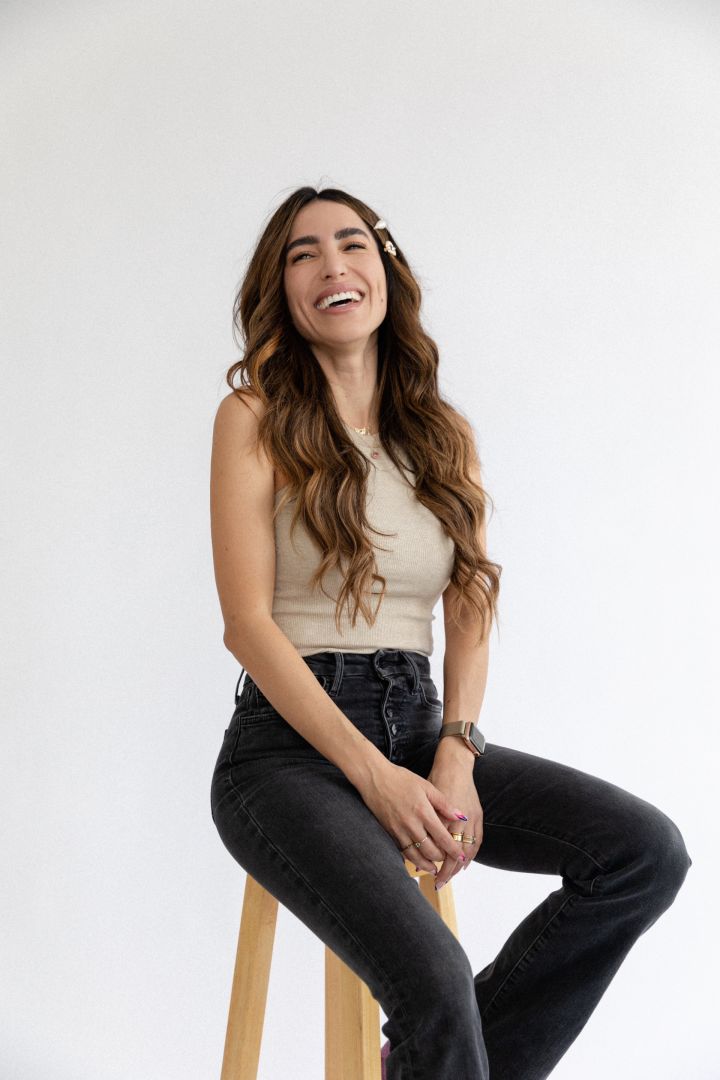
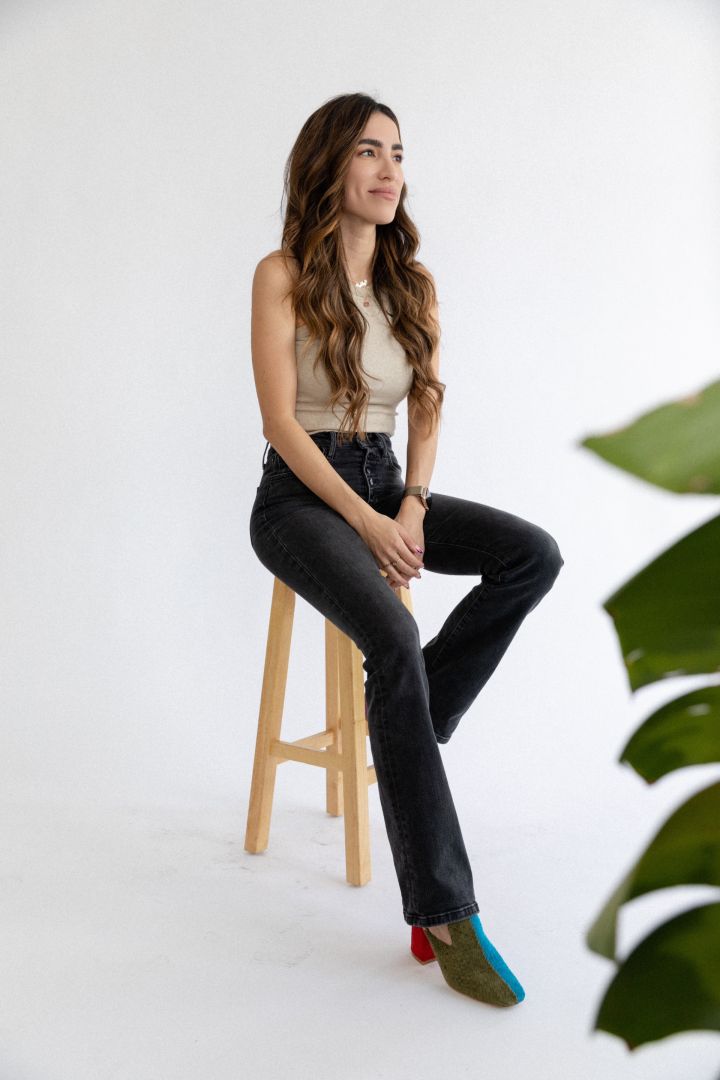
Alright, so let’s move onto what keeps you busy professionally?
Simply put, I’m a sociologist—first as a student, now as a professor. It’s silly to think about, but I’ve been in school since I was 4 years old. I finished undergrad at UCLA and a few months later was in a PhD program. I graduated from USC with my PhD in Sociology in 2018. I now work full-time at the University of California at Merced. As a first-generation college student, PhD, and academic, I proudly took on the identity of a scholar and academic.
But, as the years went by, thinking of myself in these ways, started to feel a bit limiting and, quite frankly, unfulfilling. I didn’t feel like it captured the complexity of who I am and what I do. Grad school and my first year as a professor were incredibly challenging. I mean, we’re talking people telling me I wasn’t smart enough for a PhD to my face. Or students calling me a liar when I taught lessons about racism or sexism. Like, intense stuff. The profession felt unwelcoming a lot of the time. When I’m being most honest with myself, I have to admit I was in survival mode for many years there.
Fast forward a couple of years and I was questioning what I was doing with my career and my time. I wanted a hard pivot. I contemplated leaving academia entirely. But then I read something about pain producing art– and that’s what I feel 2022 did for me. That year, I started to think of myself as not just an academic, but as a thinker and a writer. And then it occurred to me, could I go bigger? Could I also be a creative? Or, better yet, am I am artist? Is critical thinking and writing my art?
I think it is.
I finished my first academic book, Sin Padres, Ni Papeles (Without Parents or Papers), in 2022. This book tells the story of Central America and Mexican youth who arrived in Los Angeles, as the title suggests, without their parents or protected legal status. So, they’re growing up as unaccompanied youth and therefore full-time workers in Los Angeles’ garment factories, restaurants, car washes, construction sites, and other low wage but high-risk occupations. The book is based on six years of LA-based research and interviews with 75 unaccompanied teens and young adults that grew up in the same neighborhoods I did– MacArthur Park, Westlake, and Pico Union. The stories I tell throughout the book will illustrate an array of hardships that migrant children face as they grow up without their parents or protected legal status in Los Angeles, but also showcase a full range of their agency, resilience, and triumph. It’ll come out with University of California Press next year.
I started Sin Padres, Ni Papeles in 2021 thinking deeply about Sociology and migration theories and scholarship. As revisions progressed across 2021 and into 2022, the book took on a new life. It’s so much more richly descriptive and emotive and just human than I thought I could create. It’s meant to be a tool to teach readers about the lives of unaccompanied migrant teens in the U.S., but writing it taught me how to tell compelling stories, convey emotion through words, and honor the hope and resilience of humanity.
I also learned a lot about myself. I think that it was through the revision process that I started to explore new identities as a writer, creative, and artist. I think back now to graduate school and the projects I’ve completed since. It takes a lot of creativity to ask questions about society, design a research project that could potentially answer those questions, to communicate these questions and relevant hypothesis to funders, to organize and analyze the data that is collected through observations or interviews, and then to craft stories that capture the complexity of our social worlds and individuals and groups within it. Anyone that has lived in LA or visited it, knows how fast-paced, busy, and dense it can feel. I think it takes creativity to slow that pace down and bring calm to it long enough to richly tell the stories of people who make Los Angeles what it is– even from the margins, from the shadows, from its neglected corners. Putting an idea into motion takes creativity. Turning an idea into a product is art. And, in that sense, I’m both a creative and an artist.
I feel as though naming myself a creative and an artist has unlocked a new part of me. I’ve given myself permission to be curious and colorful. I’ve started a blog, called Musings, on what was previously just my professional website. I use the space to reflect on what it means to be a 30-something-year-old daughter of immigrants, woman of color, middle child, professor, and a long-distance friend and partner. Academics don’t talk much about their personal lives, but I’m writing honestly about heartbreak and grief, trauma and healing, the wilting and the blooming that makes me human. I think that’s an act of courage in a very online world where we incessantly showcase our highlights and hide our hurts. The first blog post, called “I’ve Often Wondered,” talks about Musings being the place where I bridge me internal and external worlds.
Sin Padres, Ni Papeles and Musings have led me to a new idea: a portrait and essay book I’m calling Women That Made Us (@womenthatmadeus). It merges my sociological curiosities about the competing stories we tell about the struggles of immigrant families in Los Angeles, and immigrant mothers specifically, and the successes of their children, the second-generation leaders, entrepreneurs, cultural tastemakers that are innovating cities like Los Angeles. I want to bring attention to how immigrant women have made Los Angeles through their material and emotional labor, their sacrifices, and their everyday existence in the lives of their children. The idea behind the title is that immigrant mothers have made Los Angeles by making us. My true inspiration is my mom, who I very much dedicate all my successes to. There is no Stephanie Canizales without Sandra Canizales, the woman that made me (I love you, mom).
I have also started a research collective called Migration Matters. It’s a sort of three-part thinking space where I can mentor younger scholars in their own migration-related research trajectories, do my pro-bono research work with lawyers representing asylum-seekers in the U.S., and run my consulting gig to support state- and federal-government efforts to better integrate immigrant children and families in cities like LA, but also rural regions in our state like where I teach in the Central Valley of California. Los Angeles and California have both historically served as harbingers of impactful social movements in the country, so I’m hoping to take Migration Matters across the U.S.
All this to say, I’m busy busy but it’s the life-giving kind of busy. There are a lot of moving pieces to my art, and I am crafting it in real-time. People ask me when I knew what I wanted to do or be, people ask me how I got to my topics of study and work I do, and I try to be honest: “one thing led to another, and now I’m here.” It still feels like that a lot of the time. The only thing I know to be true is that I didn’t do it alone and I’m still not.

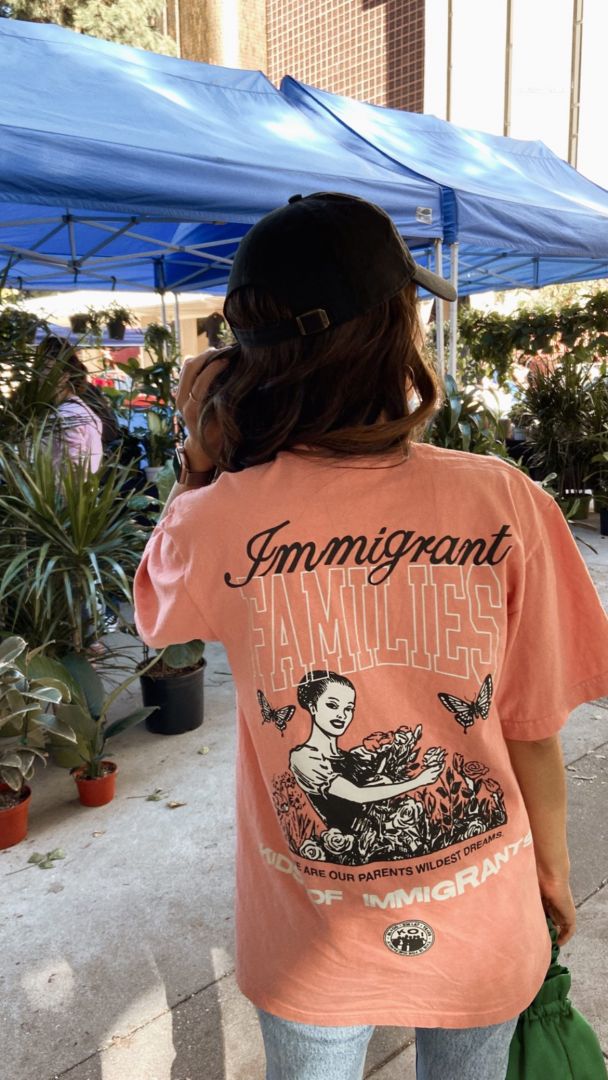
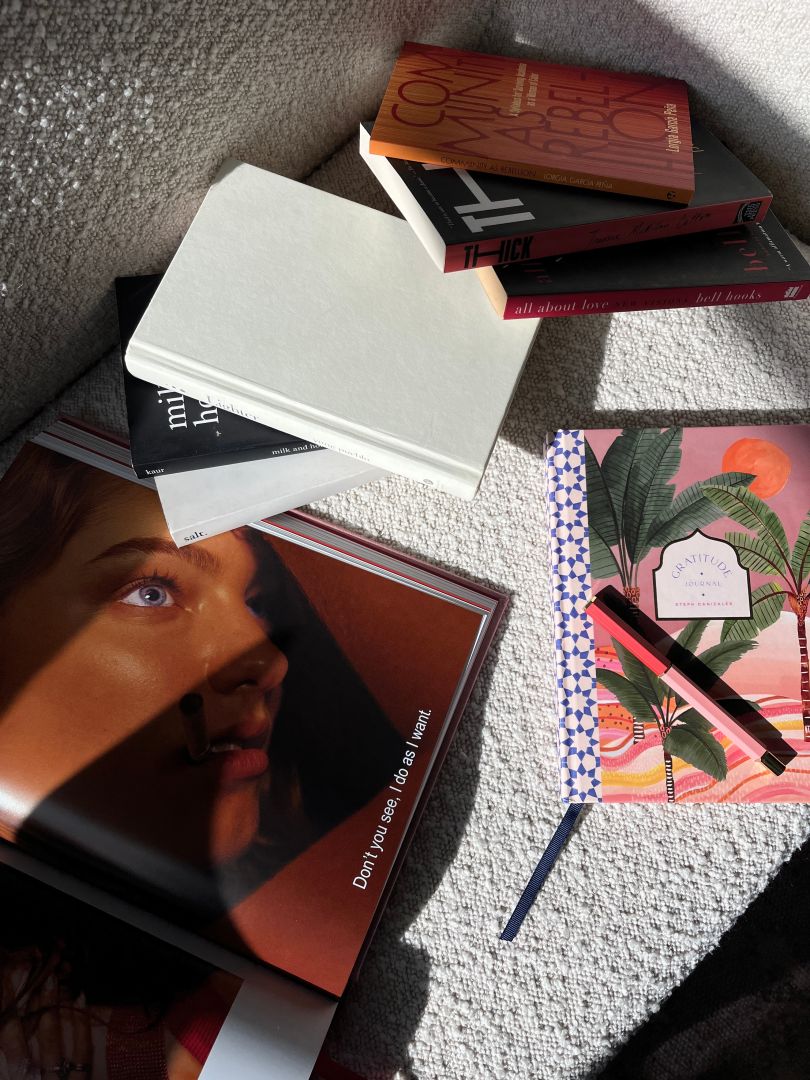 Who else deserves some credit and recognition?
Who else deserves some credit and recognition?
Ah, I love this question! One of my favorite things about LA is the diversity in natural and built environment. I had the pleasure of hosting a few friends here recently. Granted, it was only for 3 days, but I was so excited to show off just how eclectic and chaotic, but also cozy and welcoming LA can be. If I had to plan a longer visit with friends, I’d show LA off by dedicating each day to a neighborhood. And, we should know, I’m a Libra, so it’s all aesthetic and balance from here on.
I’d start in Downtown. Listen, I love Downtown Los Angeles. A morning at Verve in the Arts District for a coffee on their patio. I’d make my way to The Broad, MOCA, and/or the LA Central Library. Grab some snacks at a bodega (or, more realistically, that Whole Foods on 8th and Grand) for a picnic at Vista Hermosa. Or maybe lunch at Grand Central Market so everyone can have whatever it is they’re craving. You have to do a Downtown rooftop if the weather is right. Pro-tip: it’s always right. A stop for fries and cocktails at the Hoxton or Proper Hotels? Yes, please. Downtown is constantly evolving, so there’s always new shops or galleries to hop into on Broadway or Spring. Whatever it is, it all has to be done in time for dinner reservations back at the Arts District: Bavel, Bestia, Kodo, or (a gluten-free) pizza at De La Nonna. If at De La Nonna, we’d hop next door to The Let’s Go! Disco after. It’s beautiful, but also a playful way to end the night.
Then Echo Park, Silverlake, and/or East Hollywood. Start at Canyon Coffee in Echo Park where the dog watching is a gift. Another pro-tip: try to remember to say “hi” to their humans, too. You can go down to Echo Park Lake, stopping in at Shout and About, Amano Goods, and Cactus Store. I like to do a couple of laps at Echo Park Lake. I’ve never ridden the swans there, but I suppose that’s also an option. I’d say it depends on just how “out-of-town” the friends are. There are so many bookstores, record stores, coffee and boba shops, vintage and flea markets, and other interesting shenanigans to get into all along Sunset. Like, can we go there after this? I’d say lunch and dinner at places like Greekman’s, SAME SAME, and Pine & Crane. I’m a sucker for the classics: Night + Market and Bar Stella. Once I get closer to Bar Stella, Spellbound Sky is a must. I’d end the night at Bar Flores, a woman-owned bar, which I’m always happy to support. If on the East Hollywood side, we’d head to Found Oyster or Saffy’s. I’d probably spend a good 2 minutes just talking about the lobster skewers at Saffy’s before my friends acquiesce and insist I order it. Ha, it’s all about strategy, friends!
In Central LA, Neighborhood Coffee first. Hop over to République. I’d make us all busy by going to the art galleries, vintage and thrift shops, and beautiful furniture stores along La Brea. If you can’t tell, I’m a walk-and-figure-it-out-as-we-go kinda girl. It’s also how I travel. Similar to the swans at Echo Park Lake, I’d ask my friends if they wanted to go to the Grove. Hear me out! It’s not an LA-native’s favorite, but it is an LA icon, so you gotta let your friends choose their own adventure sometimes. You can’t be in Central LA and not do LACMA, so there’s that. I’d make sure we ate at Guelaguetza or Mother Wolf, or, I don’t know… I love french fries and rose, and Horses is just doing it right. It’s so hard to choose!
On the Westside, I’d go from Espresso Profeta in Westwood as a segue into some time at UCLA, where I’d give a tour of Powell Library, Royce Hall, Janss Steps, and the Sculpture Garden. I am so proud to be a UCLA alumna, so I’ll show off the campus whenever I get a chance. I tend to roll with the book/Kindle-carrying crowd, so we are ready to plop down on a grassy corner of the world and chat, read, or just sunbathe. Outside of Westwood, we’d make our way to Venice. You gotta show off the Canals, of course, and let Abbot Kinney have its moment. Once you’re in that part of town, you really have to commit. I love the walk from Venice to Santa Monica and back. I know, we’re talking miles. But how else can you eat all this food? By the end of the day, I’d end the day at Bar Hermanito. Lately, it’s been a reliable source of great cocktails and immaculate playlists.
I’d end the week with a hike and a treat crawl. Runyon or Griffith before the crowds descend. Then make our way down to Larchmont for Great White, a coffee at Go Get ‘Em! or Coffee Coffee, cookies, donuts, ice cream. Take a walk down the street and you can have your fill of anything. On Sundays, there’s a farmer’s market and usually a pet adoption set-up somewhere along that street. It’s too cute to pass up. If time allows, we’d make our way down to Melrose, maybe do the Flea. Or, if it’s the right weekend, jump in the car and head over to Pasadena for a stroll through the Rose Bowl Flea. So much to do, so little time.
By the time we’ve done all of that, everyone should be so full and so tired, I’d feel satisfied that I did my job. *wink
Who else deserves some credit and recognition?
Oh, goodness! There are so many people that have made me feel so loved, encouraged, and supported over the years. My mom and grandma, of course; my siblings, absolutely; my best friends, Dayna, Tissyana, Meredith, Steph, Ruby, Koryn, Enn, Michela; my PhD advisors, Pierrette and Jody, who continue to be my North Star. I mean, there are so many beautiful relationships that have nurtured my wellness, creativity, and growth over the years. More recently, however, my involvement in an LA-based organization, No Us Without You, and the people that make up the leadership and volunteer team, have made an incredible impact on my life.
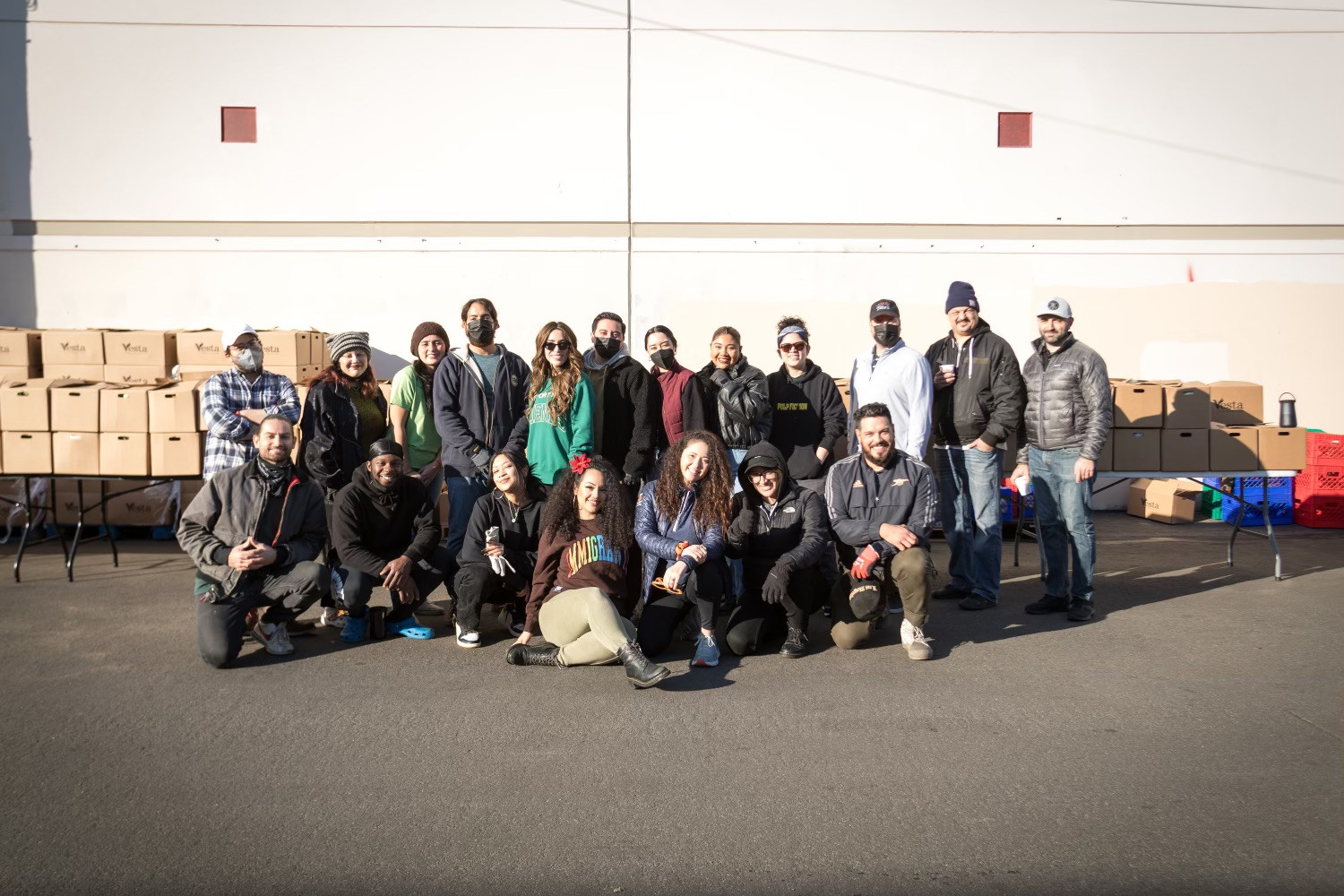

No Us Without You provides an array of social services to undocumented immigrant families in Los Angeles, but its central mission is to alleviate the food insecurity of immigrant families in our city through the direct provision of weekly food boxes filled with fruits and vegetables, rice, milk, tortillas, chorizo, and other food essentials. Some items are donated by food distributors but much of the organization’s funding comes from donations, including from individuals who can feed a family of four for a week with just $33. I supported No Us Without You from the sidelines when the organization started in response to the Covid-19 pandemic in 2020, but I got really involved in 2022.
I arrived at No Us Without You in April 2022 just looking for something to do that would ground me in the present moment. As I said earlier, 2022 was a really challenging year for me in so many ways– personally and professionally. I’m a service-oriented person, so volunteering my time to this organization that is so closely aligned to my own passions of justice and equity for and within Los Angeles’ immigrant communities was a natural fit. It helped that my friends, Damian and Othon, run the organization (hi, guys!). What I wasn’t expecting was to fall into rhythm so instantly with volunteers who selflessly give time, energy, and resource for immigrant families– no questions asked. There is no hierarchy, there is no one job that is more important or prestigious than another. You go from greeting families to distributing food boxes to sweeping seamlessly and all with the intention of meeting people where they’re at and making them feel seen.
No Us Without You did for me what we set out to do for others: they met me where I was at and made me feel seen. So, this goes out to No Us Without You.
Website: www.stephaniecanizales.com
Instagram: stephcanizales
Twitter: stephcanizales
Other: ig: @WomenThatMadeUs
Image Credits
Feature photo: Lucia Tran; Photo 2 & 3: Lucia Tran; Photo 4 & 6: Stephanie L. Canizales; Photo 5: Ruby Moran; Photo 7 & 8: Mel Castro
